It is important to consider the cost of siding when building a shed. Siding will protect your shed from elements such as wind, rain, hail and snow that can damage its structure over time. Finding an affordable option that fits within your budget without sacrificing quality can be overwhelming but with this blog post there’s no need to worry! We’ll provide comprehensive answers about the cheapest siding for your shed or outbuilding so you can make an informed decision about what type of material best meets both your needs and budget constraints.
What Is The Most Cost-Effective Siding For A Shed?
When it comes to siding for a shed, there are several options available that can save you money. The most cost-effective siding materials for sheds include: vinyl, wood, metal, and composite.
Vinyl is a popular siding material for sheds because it is easy to install, durable, low maintenance, and affordable. The shed can be customized with a variety of colors and is also recyclable. Please note that this product may not be suitable for humid climates because it has a tendency to become brittle with time.
Compared to metal or PVC, wood is relatively inexpensive and a great option.
When maintained properly, this natural material is highly durable and adds a rustic charm to any building. Although using wood as a material has its advantages, such as its natural beauty, it also requires more maintenance than other materials. This is because periodic staining or painting is necessary.
Metal siding is often considered to be the cheapest option for sheds as it’s durable and long-lasting. It also comes in a wide range of colors and finishes so you can customize your shed with ease. Additionally, metal siding is fire-resistant and low maintenance. The only downside is that metal siding isn’t suitable for high-humidity climates as it can corrode over time.
Finally, composite siding is one of the best options when it comes to cost effectiveness. It looks like wood but doesn’t require the same amount of upkeep and maintenance. It’s also durable and comes in a wide range of colors, so you can customize your shed easily. Plus, it’s fire-resistant and low-maintenance, making it an ideal choice for all climates.
No matter which siding material you choose for your shed, be sure to do your research to ensure you get the best value for your money. Doing so will help guarantee that you have a beautiful, long-lasting shed that meets all your needs.

What Is The Cheapest Siding Material?
The cheapest siding material for a shed is vinyl due to its low price, easy installation, and long-lasting durability. It also comes in many colors and finishes so you can customize the look of your shed easily. Additionally, it’s recyclable and requires very little maintenance. However, it isn’t suitable for humid climates as it can become brittle over time.
Wood is also relatively inexpensive when compared to other materials like metal or PVC and adds rustic charm to any building. However, it needs periodic staining or painting, making it more maintenance-intensive than other siding materials. [1]
What Is The Cheapest Wood Siding?
Wood is a popular choice for siding on sheds due to its natural insulation qualities and attractive appearance. Plywood, OSB (oriented strand board), and particle board are all good choices as they are relatively inexpensive materials that come in various thicknesses and sizes. Plywood tends to be the most cost effective option, especially when combined with a protective finish.
Other types of wood siding such as tongue-and-groove or shiplap can also be used, though these are usually more expensive options. While wood siding is one of the cheaper options available, it does require some maintenance in order to keep it from rotting or warping over time. It should also be sealed regularly to protect against water damage.
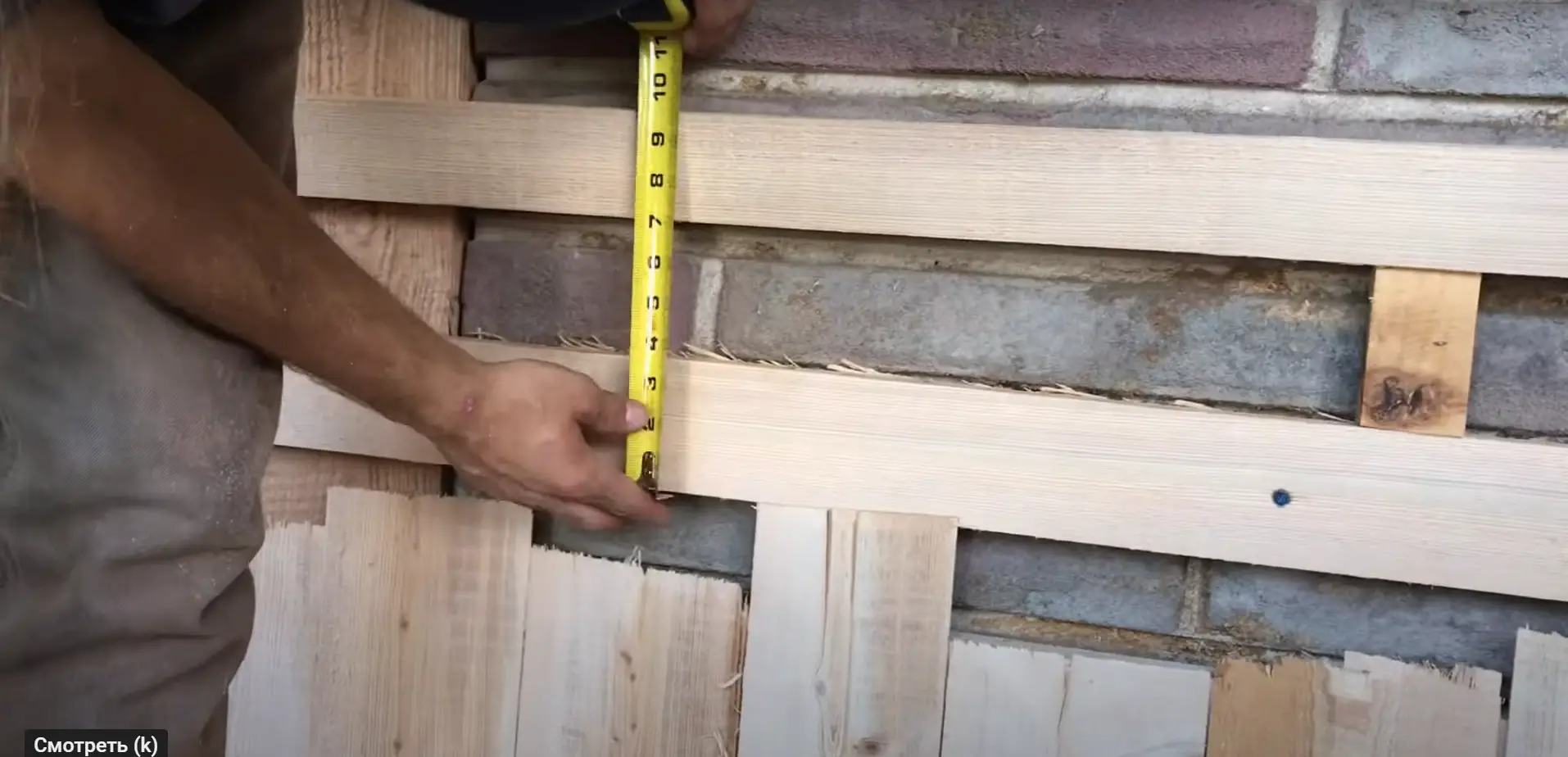
Vinyl Siding Advantages
Vinyl siding may be the cheapest way to side a shed. Vinyl is relatively inexpensive and easy to install, making it one of the most popular choices for many homeowners. Plus, vinyl siding comes in a variety of colors, textures and styles so you can customize your shed to fit your style. Vinyl also offers several advantages over other types of siding:
– Durability: Vinyl is highly resistant to damage from pests and harsh weather conditions, making it an excellent choice if you live in a region that experiences extreme temperatures or high winds. Additionally, vinyl requires very little maintenance and will not require painting like wood or metal sidings do.
– Energy Efficiency: Many modern vinyl sidings feature insulation layers that can help keep your shed cool in the summer and warm in the winter. The insulation layer helps reduce energy costs associated with running a heater or air conditioner inside the shed.
– Low Maintenance: Maintaining vinyl siding over time is very easy because it doesn’t need regular painting or staining like wood or metal sidings. Additionally, vinyl is also resistant to fading from ultraviolet rays so you don’t have to worry about replacing siding due to discoloration.
Overall, vinyl siding may be the least expensive way to side a shed. Vinyl offers many advantages including durability, energy efficiency, and low maintenance requirements which make it an attractive choice for any homeowner looking for an affordable solution. [2]
Vinyl Siding Disadvantages and Alternatives
Despite the advantages of vinyl siding, there are some drawbacks to consider when deciding on which type of siding is best for your shed. Vinyl can be prone to cracking and warping over time due to extreme temperatures or poor installation practices. Additionally, it may not be suitable for larger sheds where insulation will become more important.
If you’re looking for an alternative option that offers similar benefits to vinyl siding but with fewer drawbacks, metal sidings such as steel or aluminum may be a better choice. Metal sidings require minimal maintenance and have superior durability compared to vinyl. However, they typically come at a higher cost than vinyl so if budget is a concern then vinyl may still be the best option.
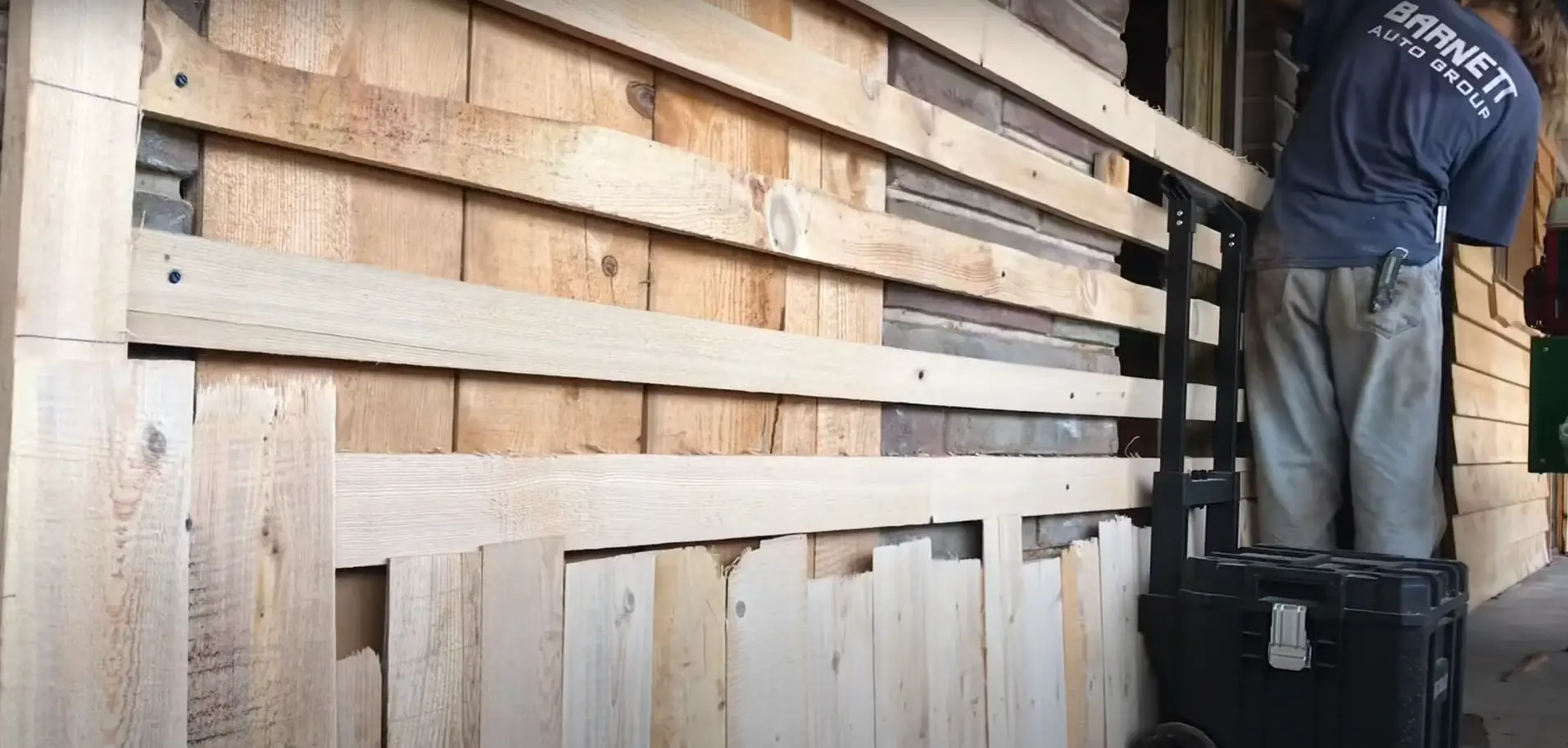
Plywood Shed Siding Advantages
Plywood shed siding offers a variety of advantages over other materials. It is generally one of the most cost-effective options available, making it one of the cheapest sidings for sheds. Additionally, plywood siding is strong and durable, providing protection from weather elements such as wind and rain.
It also provides good insulation to keep your shed warm in winter and cool in summer. Plywood can be easily painted or stained to match your shed’s exterior look and feel, which makes it an attractive option for many homeowners.
It can also be cut into any size or shape you need for your particular shed design.
However, plywood does require regular maintenance such as sealing with waterproof sealant to prevent rot or warping due to moisture accumulation.
Overall, plywood is an affordable and durable siding material that is well worth considering when establishing the look of your shed. It can be easily installed by DIYers or professionals alike, giving you more control over the design and aesthetic of your outdoor structure. [3]
Plywood Shed Siding Disadvantages
Although plywood shed siding offers many advantages, there are some drawbacks to consider. Plywood is prone to water damage and can warp over time due to moisture accumulation. Additionally, it is not as fire-resistant as metal or vinyl siding materials, making it less ideal for sheds located in areas that are prone to wildfires.
Furthermore, while plywood is relatively lightweight and easy to install, cuts made into the material have a tendency to splinter. This may require more time and effort when installing or repairing panels of plywood siding on your shed.
Finally, although paint or stain can be used on plywood shed siding, you may need to re-treat the material periodically in order to maintain its color and longevity.

Engineered Wood Advantages
Engineered wood siding is a popular choice for shed siding due to its low cost, ease of installation, and varied styles. It’s made from sawdust or chips that have been mixed with binding agents and formed into boards. The boards are then treated with chemical preservatives, making them resistant to mildew, rot, warp and pests. Thanks to its durability and affordability, engineered wood can be a great option for shed siding on a budget.
Engineered Wood Disadvantages
Although engineered wood is a great option for shed siding, it does have its limits. It’s not as strong or durable as other types of siding and can easily be damaged by hail or heavy winds. Furthermore, it needs to be refinished or recoated on a regular basis in order to maintain its protective properties. Additionally, the artificial appearance of some engineered wood products may not fit with certain architectural styles. [4]
Metallic Siding Advantages
Metallic siding offers a lot of advantages when it comes to sheds. It is one of the most cost-effective solutions available, making it the cheapest siding for a shed. It also has superior durability and longevity compared to other materials, so you can be sure your shed will last for many years. Metal siding does not dent easily or corrode quickly like some other materials, and it is resistant to fire and pests.
Additionally, metal siding looks great with any background color and stands out as an attractive feature in any garden or backyard setting.
Finally, metal siding is relatively easy to install due to its lightweight material qualities which make it easier to lift and maneuver into place.
With all these benefits considered, metallic siding is the perfect choice for anyone looking for the best value and quality when it comes to siding for their shed. With low maintenance requirements, you can be sure that your shed will look great for years to come at a fraction of the cost of other materials. [5]
Metallic Siding Disadvantages
Although metal siding does have many advantages, there are some potential drawbacks to consider. One of the main disadvantages is its susceptibility to noise. Metallic siding can be more affected by outside noises compared to other materials such as wood and vinyl, so if you live near a busy street or in a noisy area this might not be the best material for your shed.
Additionally, metal siding is not the most aesthetically pleasing choice when it comes to sheds, especially when compared to wood or vinyl options. Although you may still find attractive metallic siding designs available, they may not always fit with your home’s color scheme or overall design aesthetic.
Finally, metallic siding requires regular maintenance in order to keep it looking its best. This involves painting the siding every few years, which can add to the overall expense of metal siding compared to other materials.
Fiber Cement Shed Siding Advantages
Fiber cement siding is one of the most cost-effective and low maintenance siding options for sheds. It’s a durable material that is made from a combination of sand, cement and cellulose fibers, which gives it strength and resistance to damage. Fiber cement siding is also resistant to fire, insect damage and rot, making it ideal for outdoor structures like sheds.
Additionally, fiber cement siding is available in many different styles and colors so you can choose the perfect look for your shed. [6]
Fiber Cement Shed Siding Disadvantages
Fiber cement siding is heavier than other types of shed siding and can require more labor to install. Additionally, it’s not particularly forgiving when it comes to minor imperfections and requires a lot of skill and care when cutting or drilling into the material. If you’re looking for a quick installation, fiber cement isn’t your best option.
Overall, fiber cement siding is an affordable and low maintenance option that can provide excellent protection against the elements while still allowing you to have some control over the look of your shed. It requires some patience and expertise during installation but will last for many years with minimal upkeep.
Cheapest Shed Siding By Style
Shiplap Shed Siding
Shiplap siding is a great choice for sheds as it provides an attractive and durable finish. Shiplap siding is usually the cheapest siding option, but its cost can vary greatly depending on materials used, style and size of shed.
Hardboard Shed Siding
Hardboard siding is often the least expensive type of shed siding available and will provide a long-lasting finish if treated correctly.
Board and Batten Siding
Board and batten siding can provide a rustic, natural look to any shed. The cost of board and batten siding will depend on the type of wood used, the size of the shed, and other factors.
Shingles or Shakes
Shakes or shingles siding can provide a unique look to any shed. The cost of this type of siding will depend on the size and material used.
Bevel Siding
It is a great option if you are looking for an affordable way to give your shed a finished look. It’s made of cedar and has a rough-sawed texture that gives it a rustic, natural feel. The boards come in various lengths, so you can easily customize the siding panels to fit your shed perfectly. You can also choose from several different stains or paint colors to give your shed the exact look you’re going for. [7]
Cost Factors for Shed Siding You Need to Know
When choosing the cheapest siding for a shed, there are several factors to consider. The type of siding you choose, its thickness and insulation, as well as the labor costs associated with installation will all impact your final decision.
Here’s what you need to know about each factor:
Type of Siding: Depending on the material used for your shed, you have numerous options when it comes to siding. Plywood is one of the more popular choices because it is durable, easy to install and relatively inexpensive compared to other materials such as vinyl or metal. Other cheaper options include fiber-cement board and hardboard.
Thickness & Insulation: It’s important to make sure your shed siding is thick enough and properly insulated to protect your belongings within the shed from the elements. Plywood and fiber-cement board are well-suited for this purpose, while hardboard may not offer sufficient protection in extreme weather conditions.
Labor Costs: The cost of labor will also play a role in the overall price of your shed siding. Depending on the complexity of installation and type of material you’re using, you could be looking at hundreds or even thousands of dollars in labor costs. Make sure to get estimates from multiple contractors before making your final decision.
By taking all these factors into consideration, you can make an informed decision about which type of cheapest siding for a shed will best suit your needs. Ultimately, the right choice for you will depend on your budget and the level of protection you need for your belongings.
Can I DIY- Install Shed Siding?
If you are the DIY-type, installing shed siding can be a cost-effective and rewarding project. Vinyl is usually considered one of the easiest to install, but other materials like aluminum or steel may require more skill and experience. Be sure to use exterior grade screws, nails or staples designed for that particular material to ensure long-lasting results.
Additionally, if you choose wood as a siding option, make sure it has been appropriately treated to withstand moisture and temperature changes outside. Whatever material you select for your shed siding, careful measurement and accurate cuts will go a long way in achieving an aesthetically pleasing outcome!
Take into account the size of your shed when planning out how much material you need – this should help keep costs reasonable and get the job done quickly.
Lastly, don’t forget to account for any additional accessories you need like trim pieces and flashing material that can help finish off the look of your shed and protect it from moisture.
In conclusion, choosing the cheapest siding for a shed doesn’t have to be difficult – careful planning and accurate measurements can easily save you money while ensuring your shed looks great! With the right materials, tools and a bit of patience, installing shed siding yourself is definitely doable with some practice.
FAQ
What is the cheapest siding material for a shed?
The cheapest siding material for a shed will depend on your individual needs and budget. Vinyl is usually the least expensive option, but there are also cost-effective alternatives such as T1-11 plywood or hardboard panels. Other materials like cedar shingles and fiber cement can be more expensive upfront, but often have better durability and can save you money in the long run. It’s important to weigh all of these factors when making a decision.
What not to put in an outside shed?
When designing an outside shed, it’s important to consider what items should not be stored in the shed. Items that are temperature-sensitive or photosensitive, such as electronics, medicines, perfumes and cosmetics, should not be kept in the shed since extreme temperatures can damage them. Additionally, combustible materials like propane tanks and fuel cans should never be placed in a shed due to fire safety concerns. It is also unwise to store anything of high value inside the shed since it may be subject to theft or damage from inclement weather. Finally, any food products should not be stored outside since they are vulnerable to pests and other animals that may try to access them. By avoiding storing these items in your outdoor shed you can ensure that whatever items you store remain safe and secure at all times.
How do I protect my shed from moisture?
In order to protect your shed from moisture and humidity, it is important to have a roof that is tightly sealed. Make sure there are no gaps or holes in the roof so that water does not seep into the shed. Additionally, it may be beneficial to add extra insulation to the walls and floor of the shed to help keep out moisture. Finally, adding a coat of sealant can provide an additional layer of protection from moisture. By taking these steps you can ensure that any items stored inside your shed stay safe and secure for a long time.
What are the benefits of wood siding?
Wood siding is one of the most popular and cheapest options for sheds. It offers a natural look that blends in with nature, and it’s relatively easy to install. Wood siding also requires very little maintenance—just periodic cleaning and sealing—and can last for many years with proper care. Additionally, wood siding may add value to your property since it’s durable and aesthetically pleasing. In terms of cost, wood siding is generally cheaper than other types of shed sidings like vinyl or metal.
What are the drawbacks of plywood?
Plywood is one of the cheapest siding materials available for a shed, but it has several drawbacks. It is not very durable and can be prone to war or rotting if not properly treated with a waterproof sealant. Additionally plywood may require regular and occasional repainting to prevent fading and other weather damage. Finally, as a thicker material than vinyl or aluminum siding, plywood requires more labor to install which can drive up costs. Overall, while plywood may be inexpensive initially, the long term cost of upkeep and repairs could end up costing more over time than other cheaper siding options.
What are the cost factors for shed siding?
One of the major cost factors for shed siding is the material chosen. Different materials have different costs associated with them and offer different levels of durability, strength, maintenance requirements, and insulation properties. The most common types of shed siding include vinyl, fiber cement, cedar shake or shingle, metal panels (aluminum or steel), wood panels/boards/planks, and stucco. Vinyl is one of the cheapest siding options for sheds; it’s also relatively low-maintenance and can withstand a variety of weather conditions. Fiber cement provides good resistance to fire and water damage at an affordable price point. Cedar shake or shingle is more expensive than vinyl but offers a classic look that’s highly sought after. Metal siding, such as aluminum or steel panels, is durable and provides good insulation properties but may be cost prohibitive for many sheds. Wood paneling/boards/planks are often the most expensive choice but can provide a striking look to any outdoor space. Stucco can also be costly but provides a professional-looking finish that’s sure to last.
In addition to material-related costs, there are other factors to consider when choosing shed siding that could affect the overall price. Professional installation costs must also be taken into account; vinyl and fiber cement siding require slightly more complex installation than other materials like cedar shake or shingle since they need an additional layer of protection to ensure their longevity.
Useful Video: Lumber siding options for your next project
Conclusion
When choosing the cheapest siding for a shed, it’s important to consider the quality and longevity of the material. Though vinyl may be cheaper upfront, wood can last longer with proper maintenance. Ultimately, it comes down to personal preference and budget when deciding between different types of materials for your shed siding. With so many options available, there is sure to be one that fits both your budget and lifestyle perfectly!
References:
- https://outdoorstorageoptions.com/what-is-the-cheapest-siding-for-a-shed/
- https://www.itsoverflowing.com/shed-siding-options/
- https://ladyoutdoor.com/what-is-the-cheapest-way-to-side-a-shed/
- https://homegardenguides.com/siding/cheapest-shed-siding-options/
- https://www.cranesiding.net/cheap-shed-siding-ideas/
- https://todayshomeowner.com/siding/guides/shed-siding-options/
- https://plasticinehouse.com/shed-siding-options/





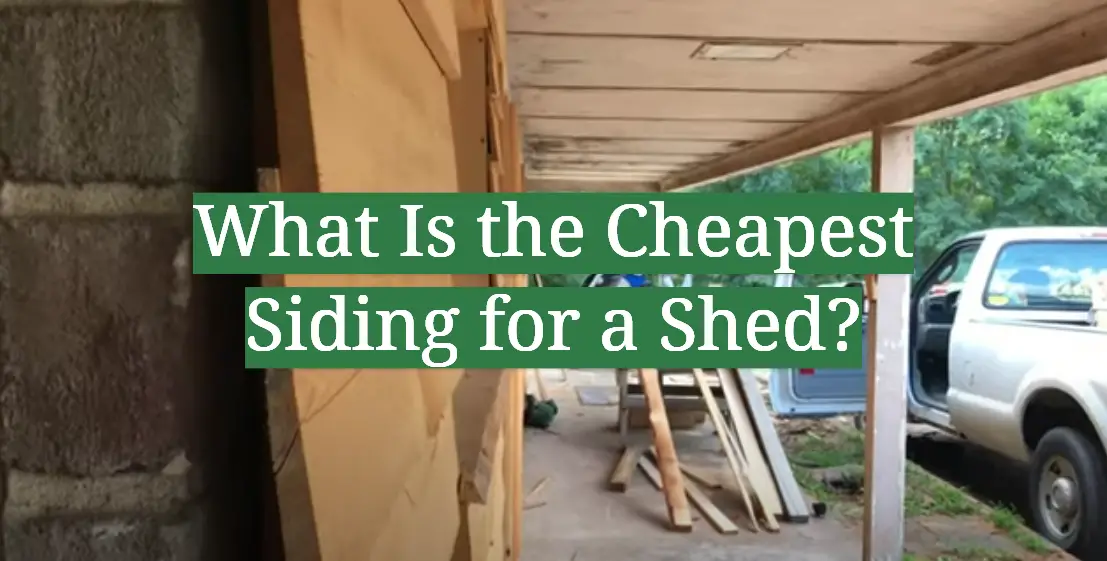
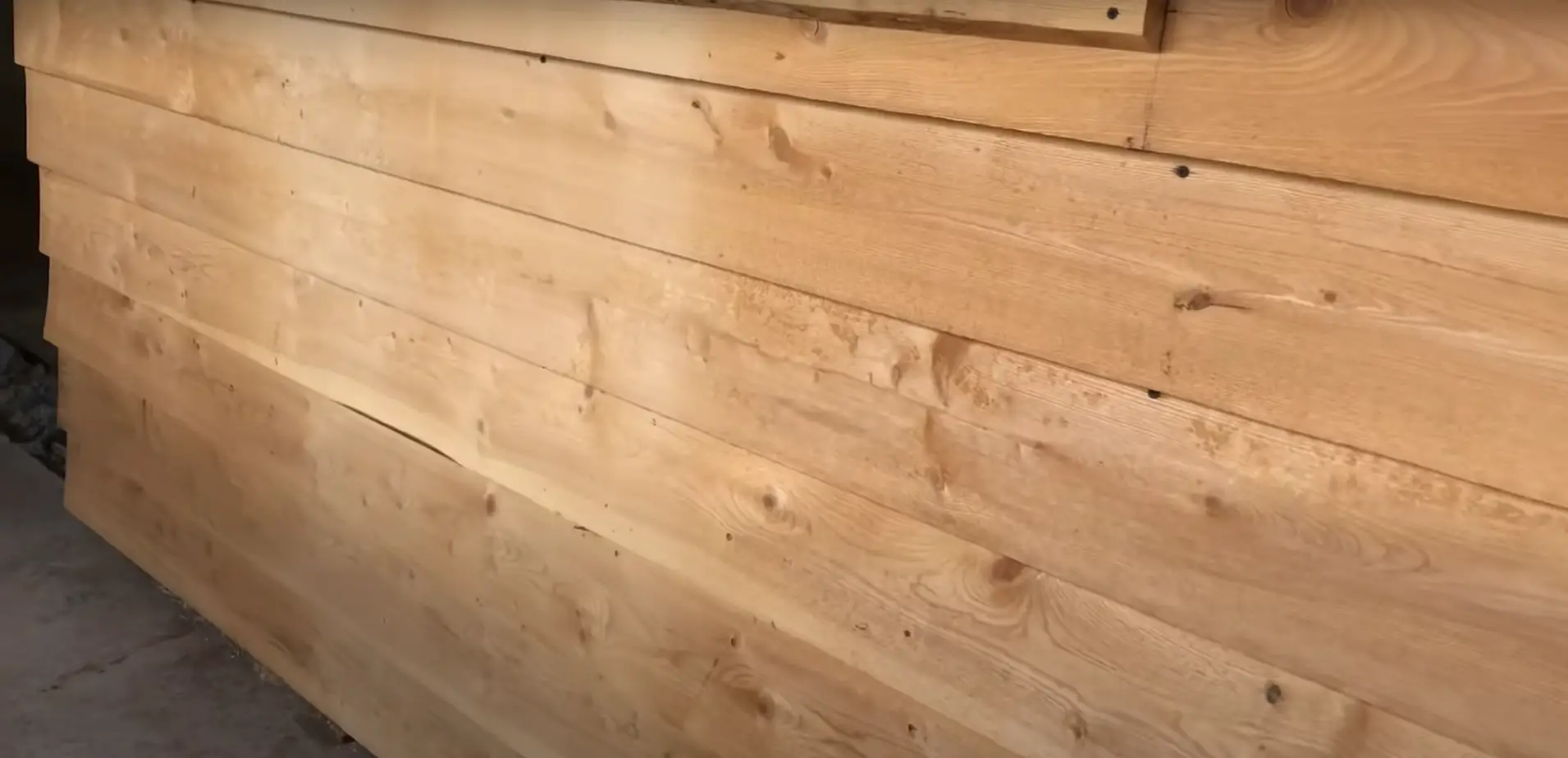
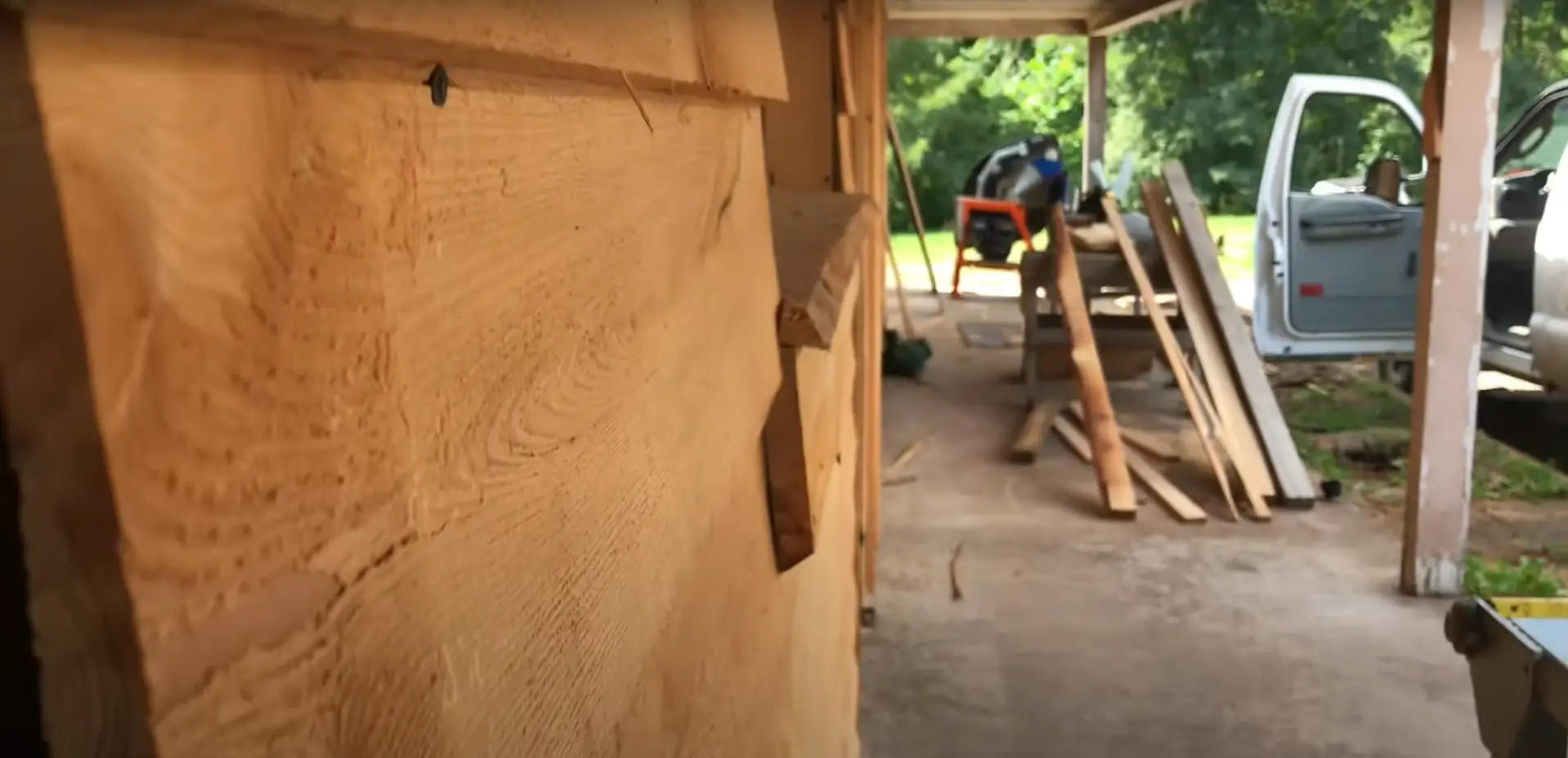
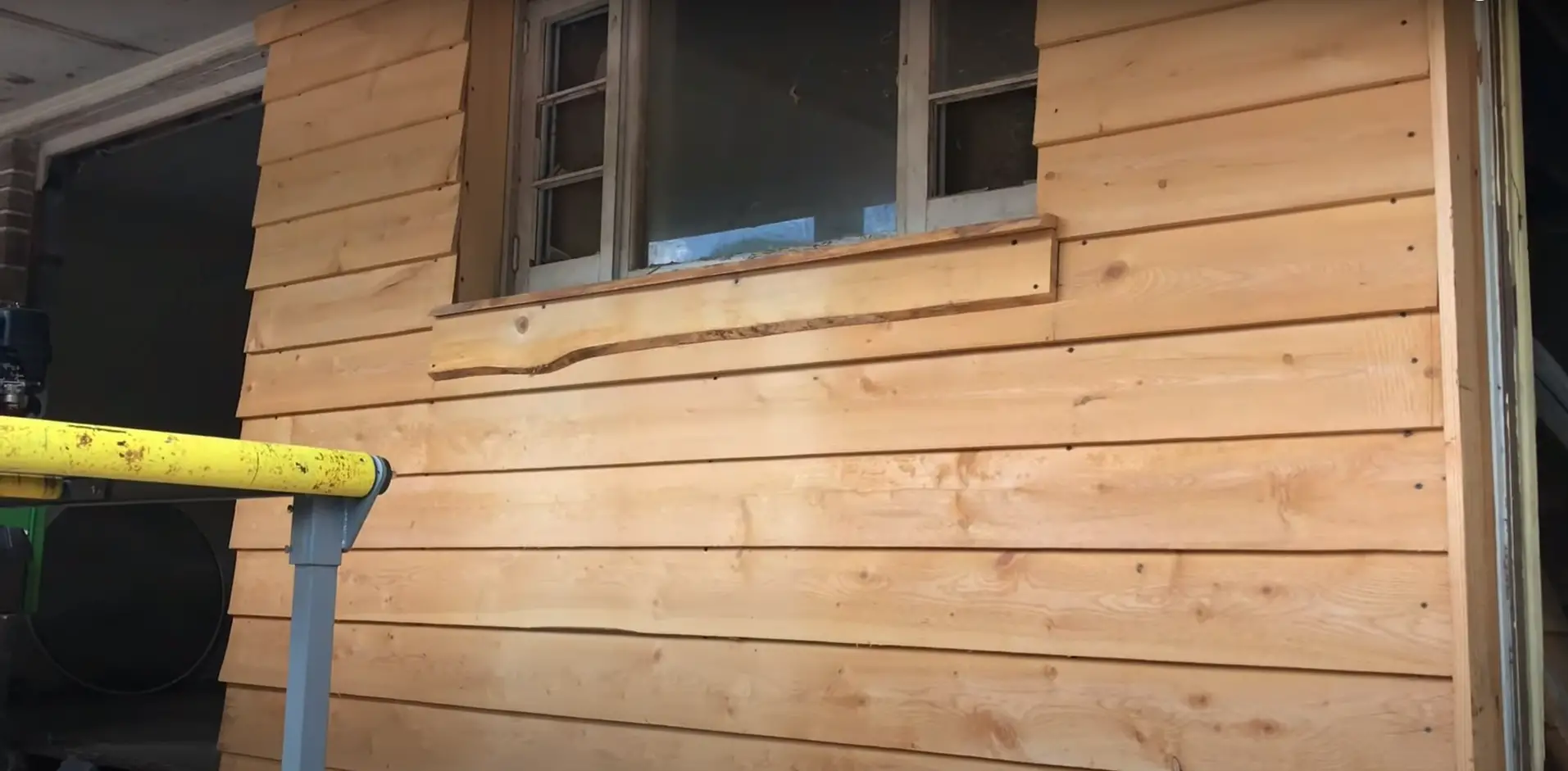
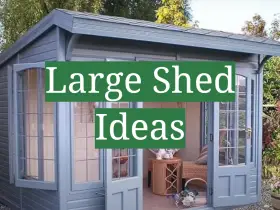
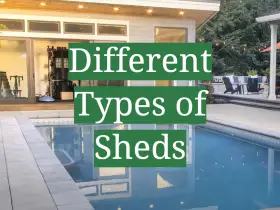
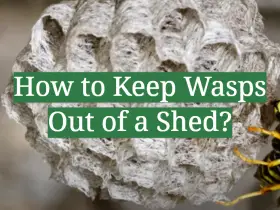
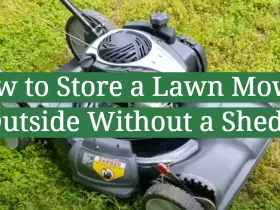
Leave a Reply
View Comments